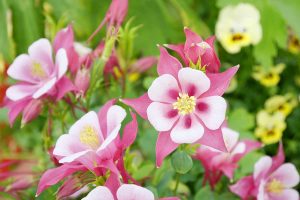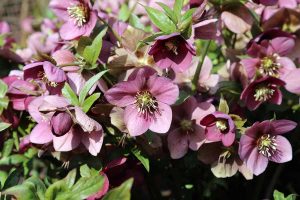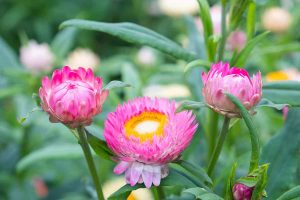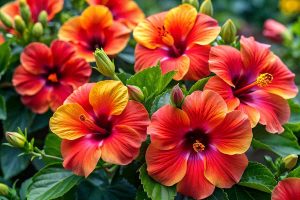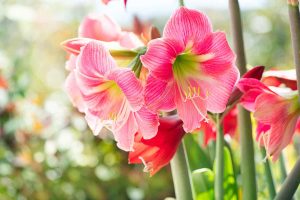If you’ve got chickens roaming your yard, you already know they’ll peck at just about anything that looks tasty. The problem? Not every pretty flower is safe for them. In fact, some common garden blooms can be downright dangerous. Let’s take a look at 20 flowers you’ll want to keep far away from your flock.
Table of Contents
Toxic Flowers To Avoid Around Chickens
Keeping your chickens safe from toxic flowers is essential. Many popular garden plants can pose serious risks to chicken health if ingested.
Foxglove
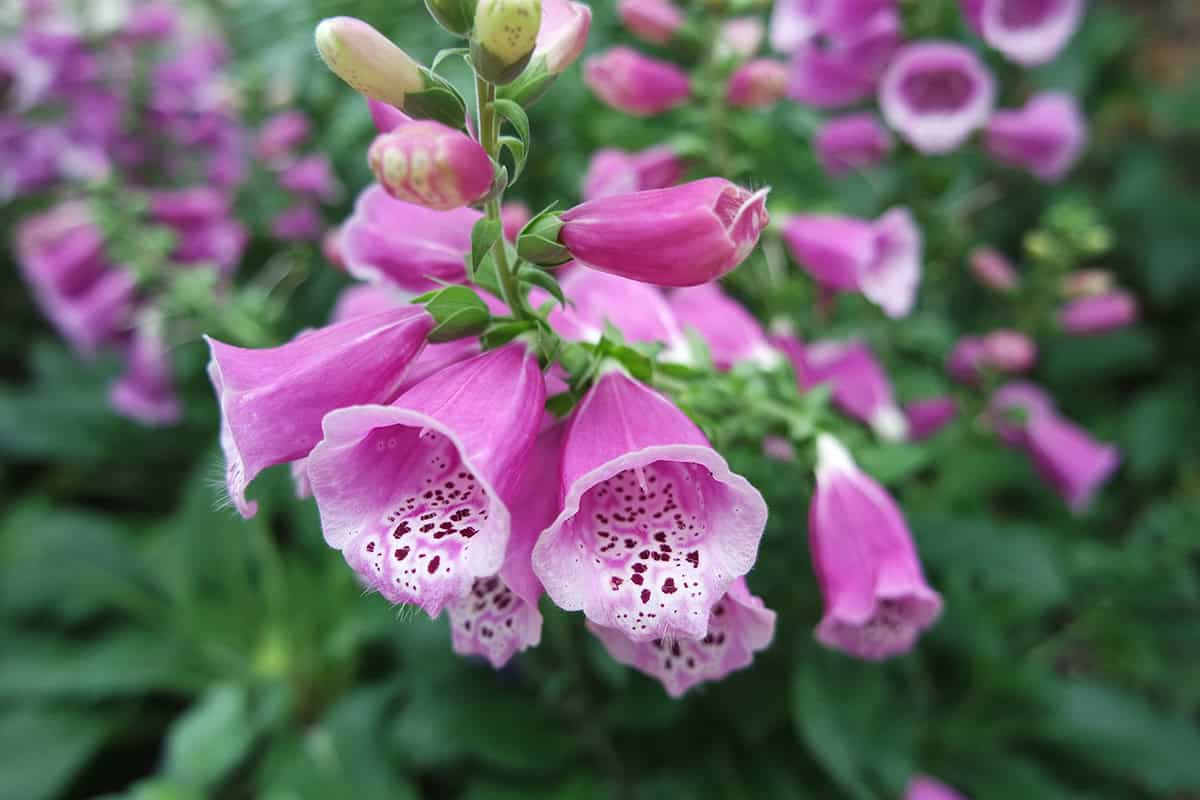
Foxglove is highly toxic to chickens. Its leaves, flowers, and seeds contain digitalis. This compound affects the heart and can cause death. Even small amounts are dangerous. Foxglove often grows in gardens for its beauty, so ensure it is not accessible to your chickens.
Oleander
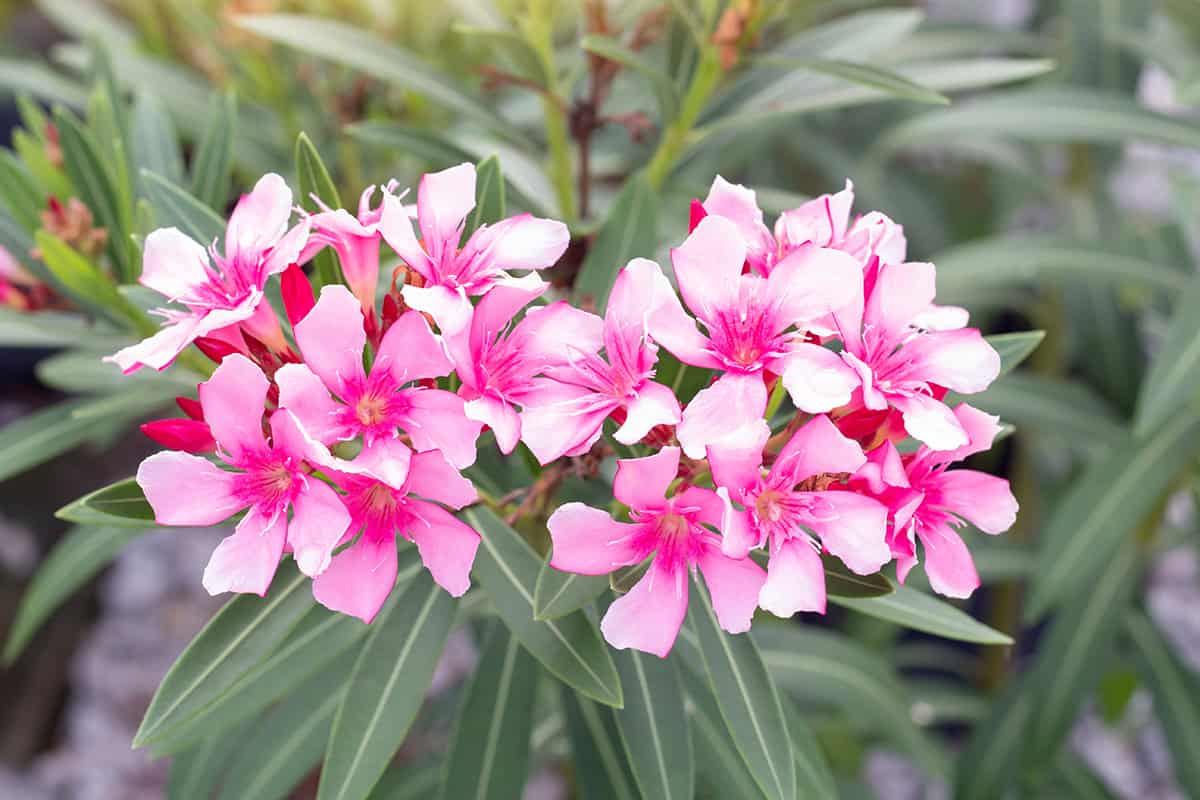
Oleander has poisonous leaves, flowers, and stems. All parts contain cardiac glycosides. This can severely disrupt a chicken’s heart function. The sweet aroma might attract curious chickens, making it particularly dangerous.
Azalea
The azalea plant poses significant risks. It contains grayanotoxins. These affect the sodium channels in the heart and muscles. Symptoms of azalea poisoning include drooling, vomiting, and convulsions. Provide ample distance between azaleas and your chicken coop.
Rhododendron
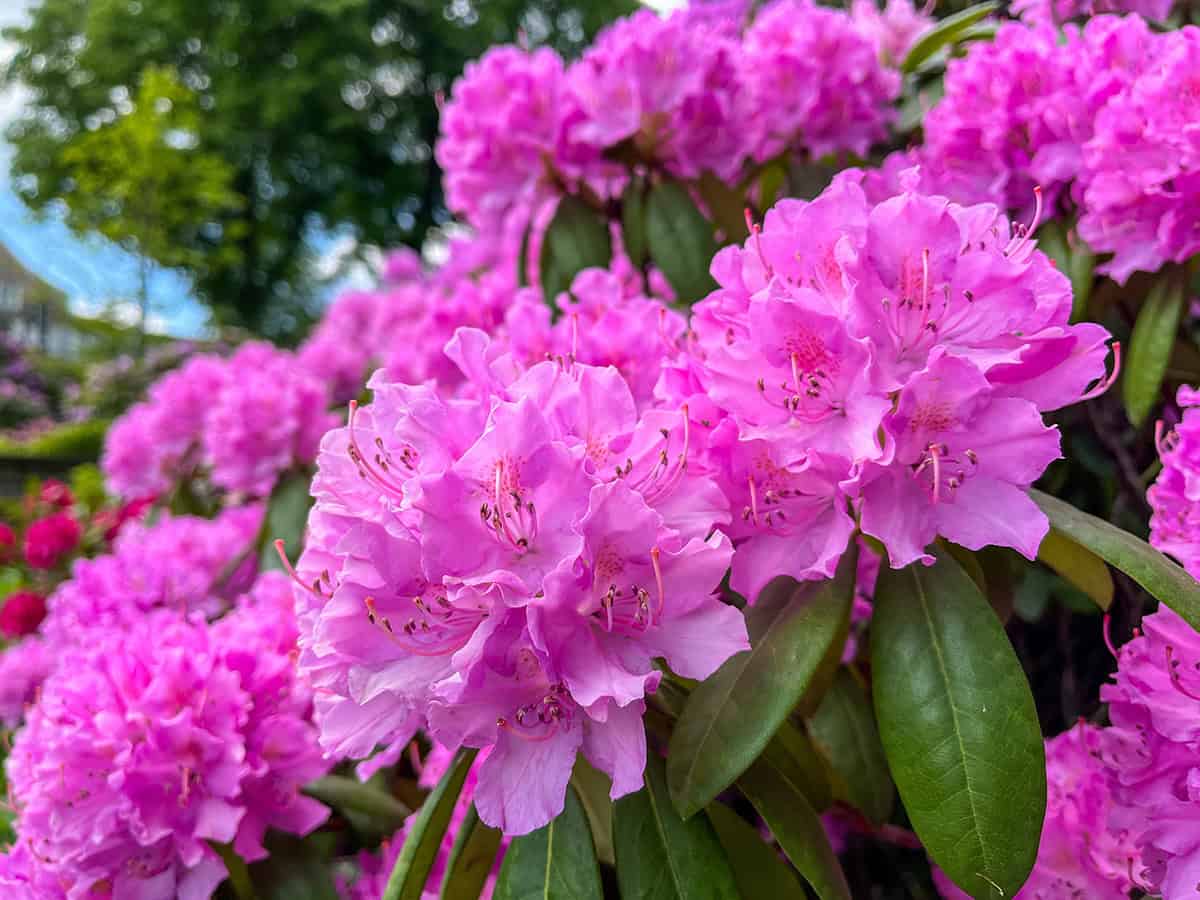
Similar to azaleas, rhododendrons are toxic. The presence of grayanotoxins can harm chickens. Eating even a small quantity can lead to drooling or staggering. Monitor areas where rhododendrons grow to ensure chickens cannot access them.
Daffodil
Daffodils, while attractive, are unsafe. The bulbs are particularly toxic. Eating any part can cause gastrointestinal distress. Keep chickens away from daffodil beds.
Tulip
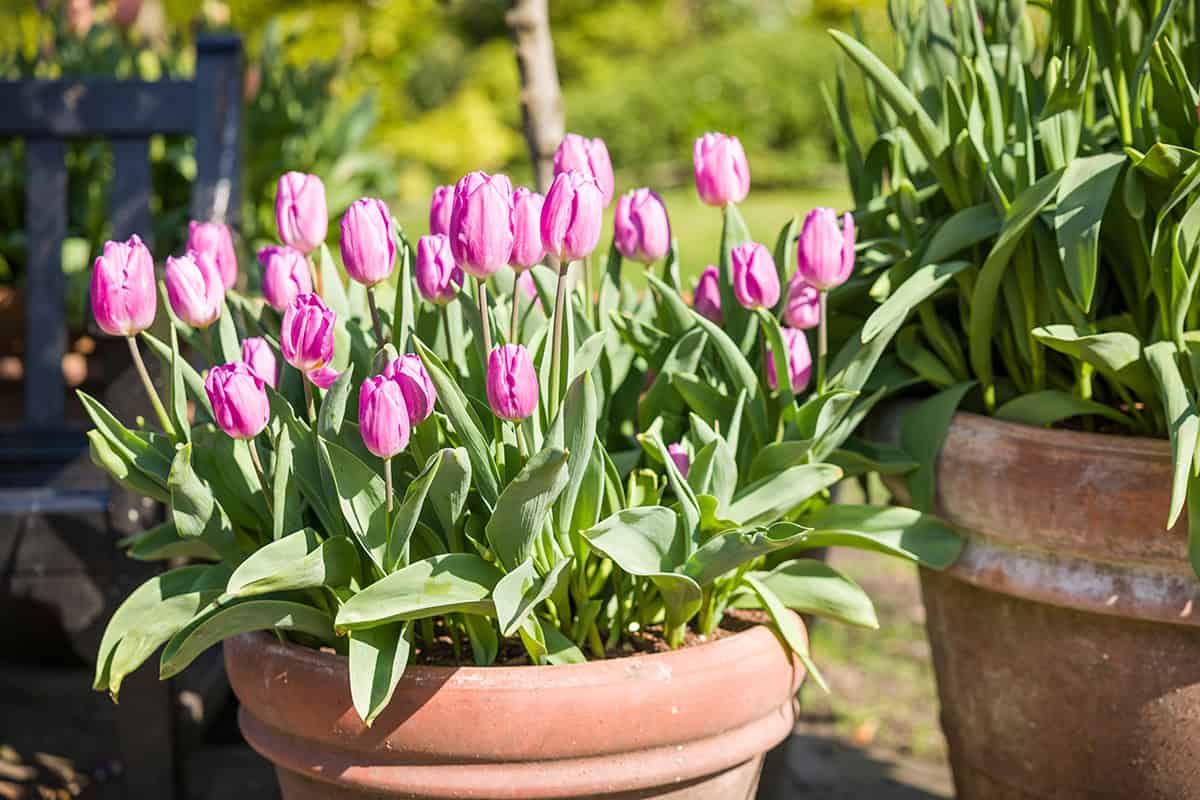
Tulips have toxic alkaloids in their bulbs. Exposure can lead to digestive issues for chickens. Plant tulips where chickens cannot peck at them to reduce risk.
Lily Of The Valley
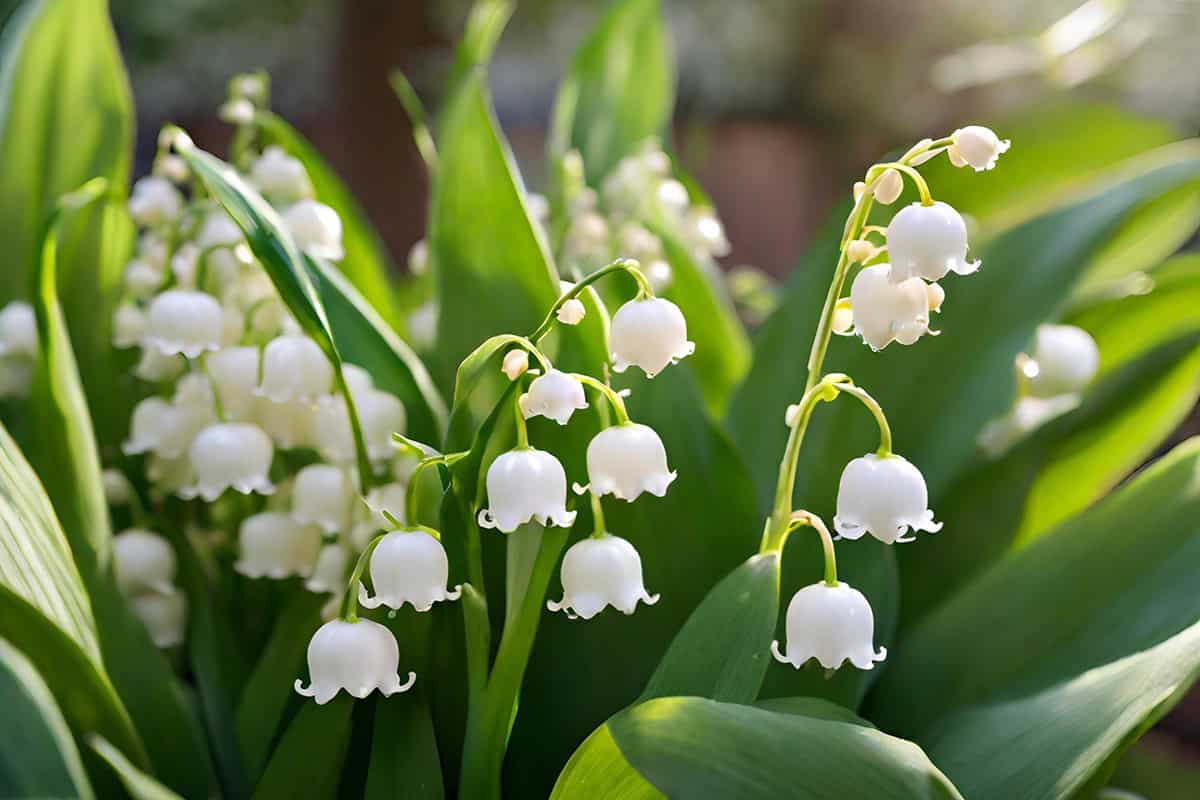
This plant contains cardiac glycosides. All parts are extremely toxic. Even small ingestions can be fatal. Maintain a safe distance from lily of the valley plants.
Hydrangea
Hydrangeas have cyanogenic glycosides. Ingesting it may release cyanide. This can cause breathing difficulty and eventual shock in chickens. It’s best to fence off any area with hydrangeas.
Nightshade (Deadly Nightshade / Belladonna)
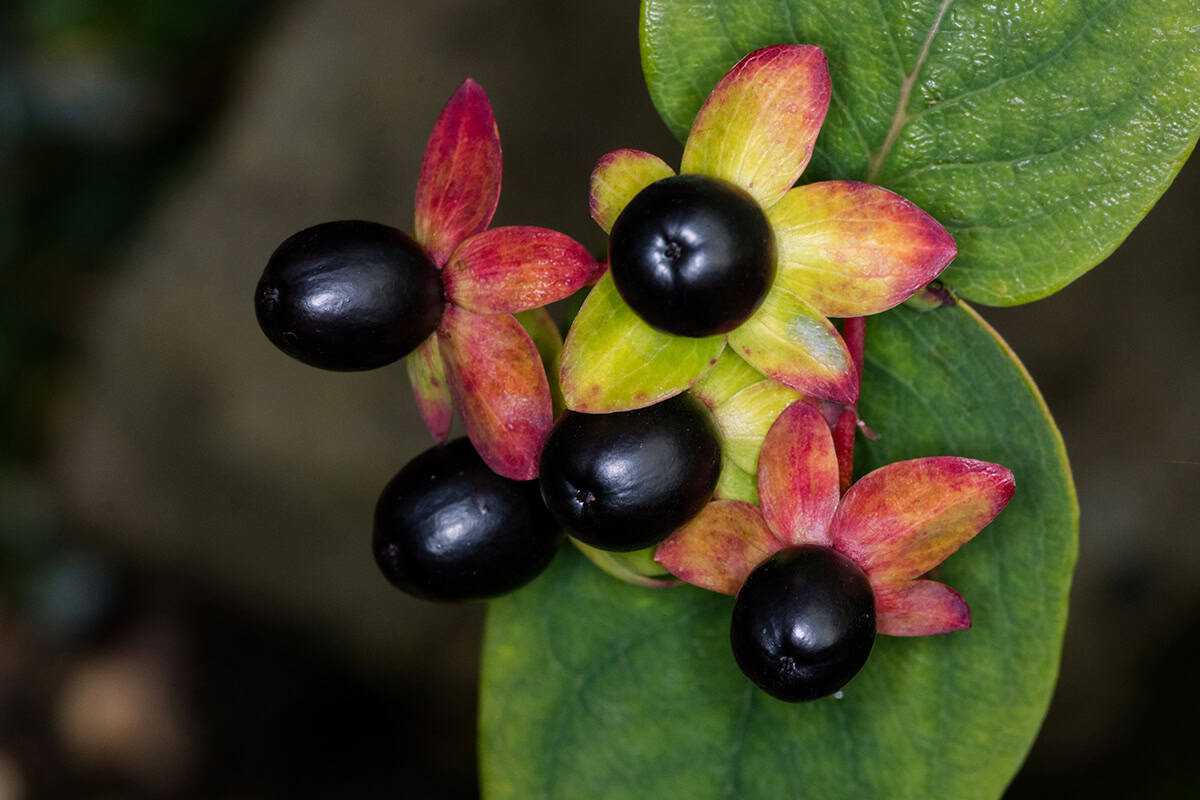
Deadly nightshade carries tropane alkaloids. Symptoms of ingestion include confusion or paralysis. It can be lethal to chickens. Remove any nightshade plants from the vicinity of your chicken coop.
Bleeding Heart
Bleeding Hearts contain alkaloids that can incapacitate chickens. Ingestion can cause tremors and incoordination. Their eye-catching flowers often stand out, but they should be kept away from chickens.
Monkshood (Aconitum)
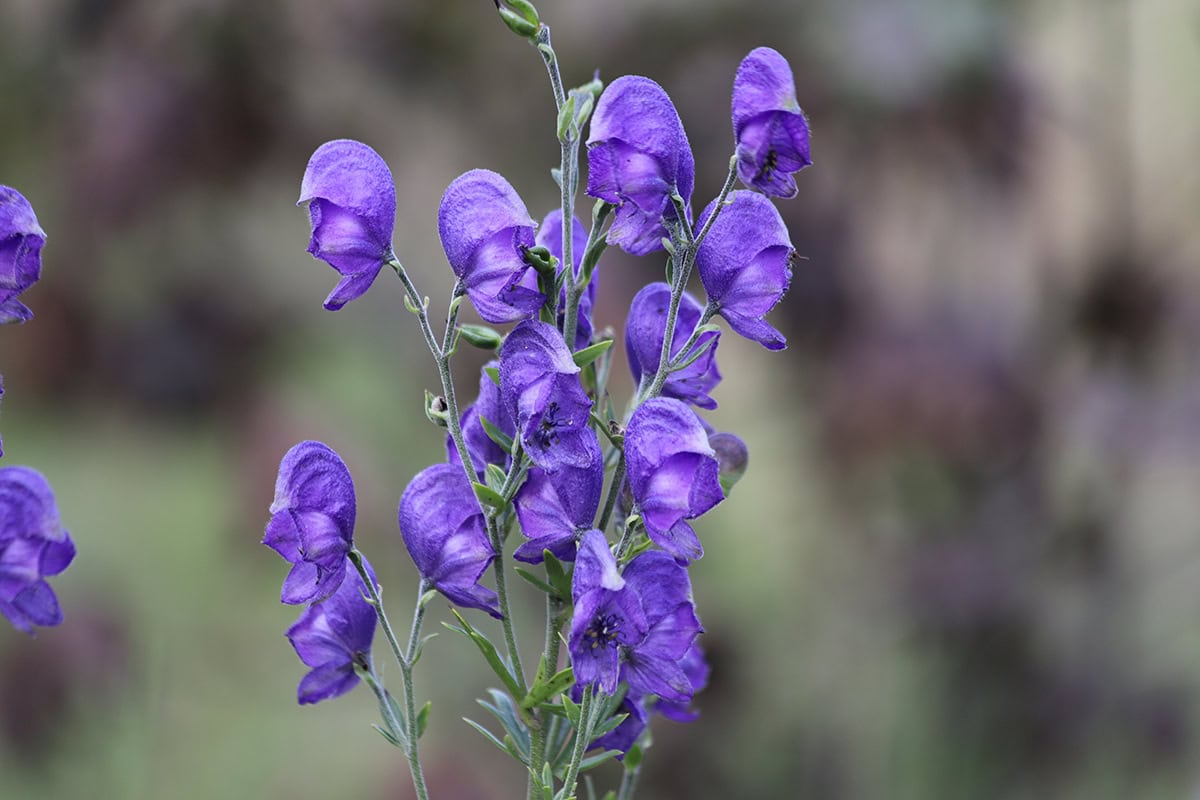
Monkshood plants are infamous for their poison, aconitine. Even touching the plant can cause harm to humans. While its presence is rare in gardens, avoid planting it near chickens.
Amaryllis
Amaryllis bulbs present a risk due to lycorine. Ingesting this can cause vomiting and diarrhea. Symptoms are distressing to chickens, so avoid planting amaryllis nearby.
Buttercup
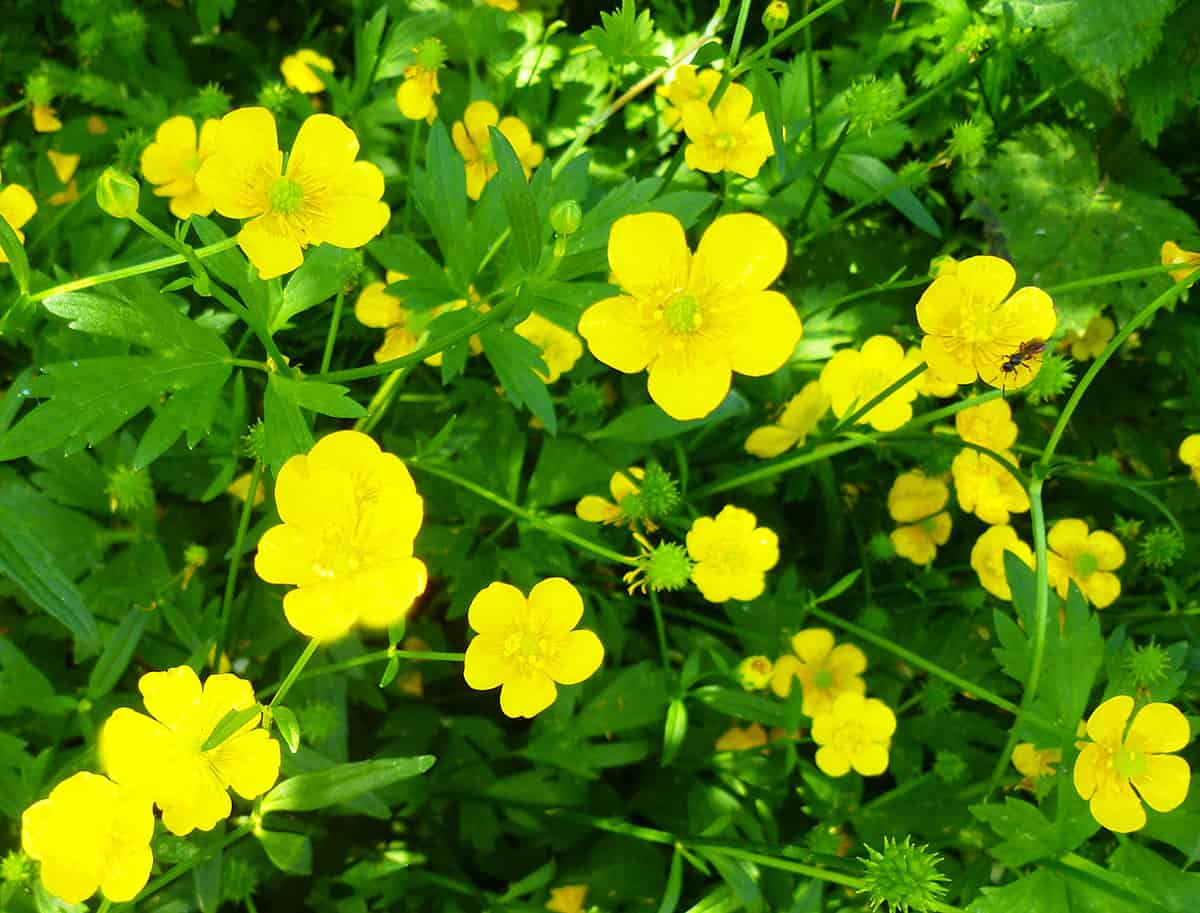
Buttercups have an irritant called ranunculin. It can cause mouth blisters in chickens. Thankfully, dried buttercup plants lose toxicity. Still, prevent access to fresh ones.
Wisteria
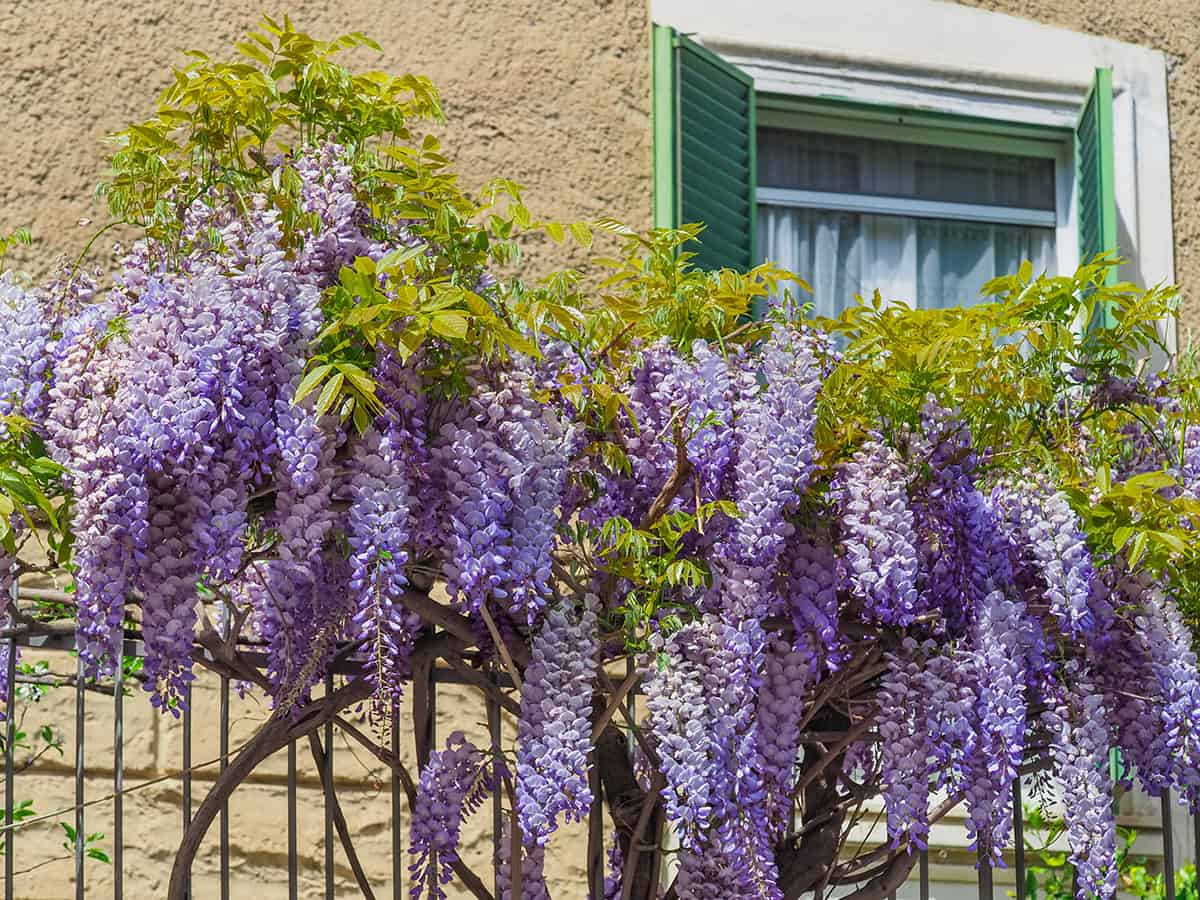
Wisteria’s seeds and pods are harmful. They contain lectins and wisterin. Consumption can lead to vomiting and diarrhea. Wisteria’s beauty is overshadowed by its danger to chickens.
Larkspur

Young shoots and seeds of larkspur are especially toxic. They contain alkaloids that affect nerves and muscles. Protect your chickens by avoiding larkspur in their environment.
Iris
Irises contain toxic compounds in the rhizomes. These can cause discomfort upon ingestion: drooling or vomiting are common symptoms. Keep iris flower beds out of chicken range.
Autumn Crocus
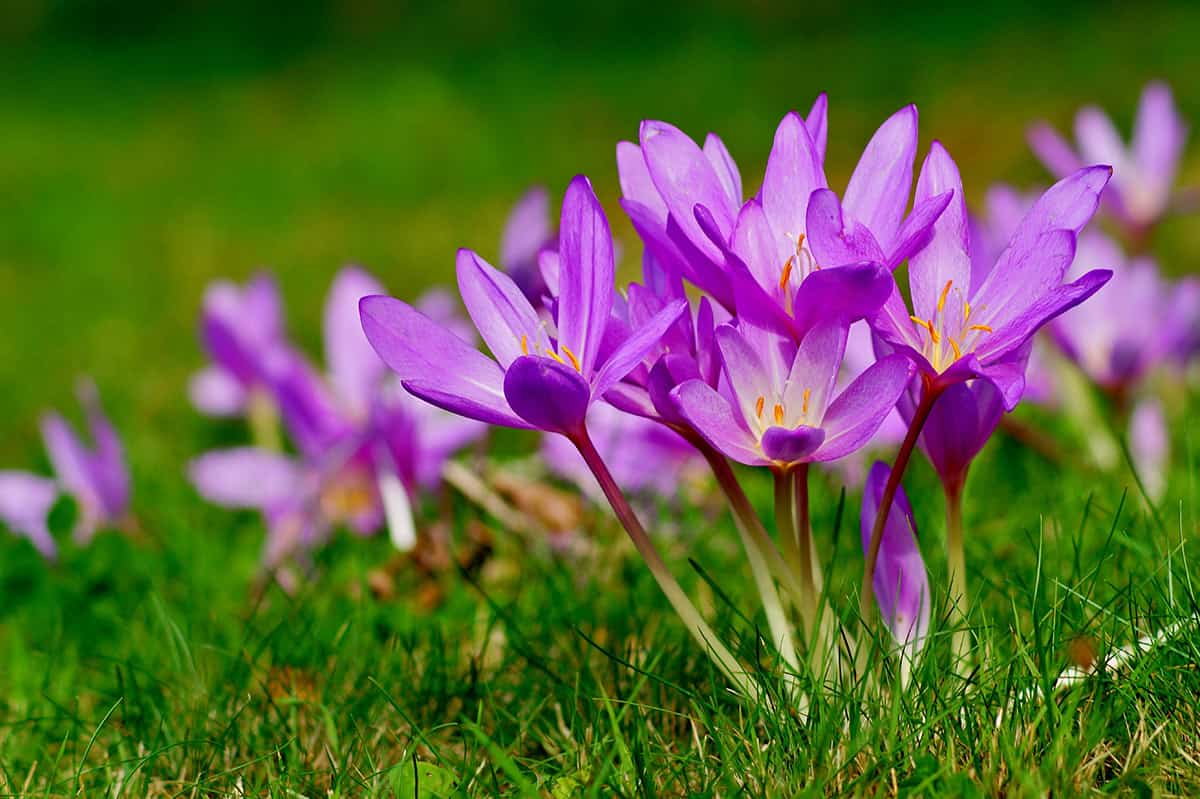
Autumn crocus has colchicine. This alkaloid causes severe gastroenteritis in chickens. Initial symptoms include vomiting. Ensure these flowers are removed or fenced off from areas where chickens roam.
Castor Bean Plant
The seeds of the castor bean plant are extremely toxic. They contain ricin, a potent toxin. Even a few seeds can be fatal. Castor plants must be far removed from chicken habitats.
Yew

Yew bushes have taxine in their leaves and seeds. This can cause heart issues in chickens. Never plant yew near a chicken coop.
Sweet Pea (Lathyrus spp.)
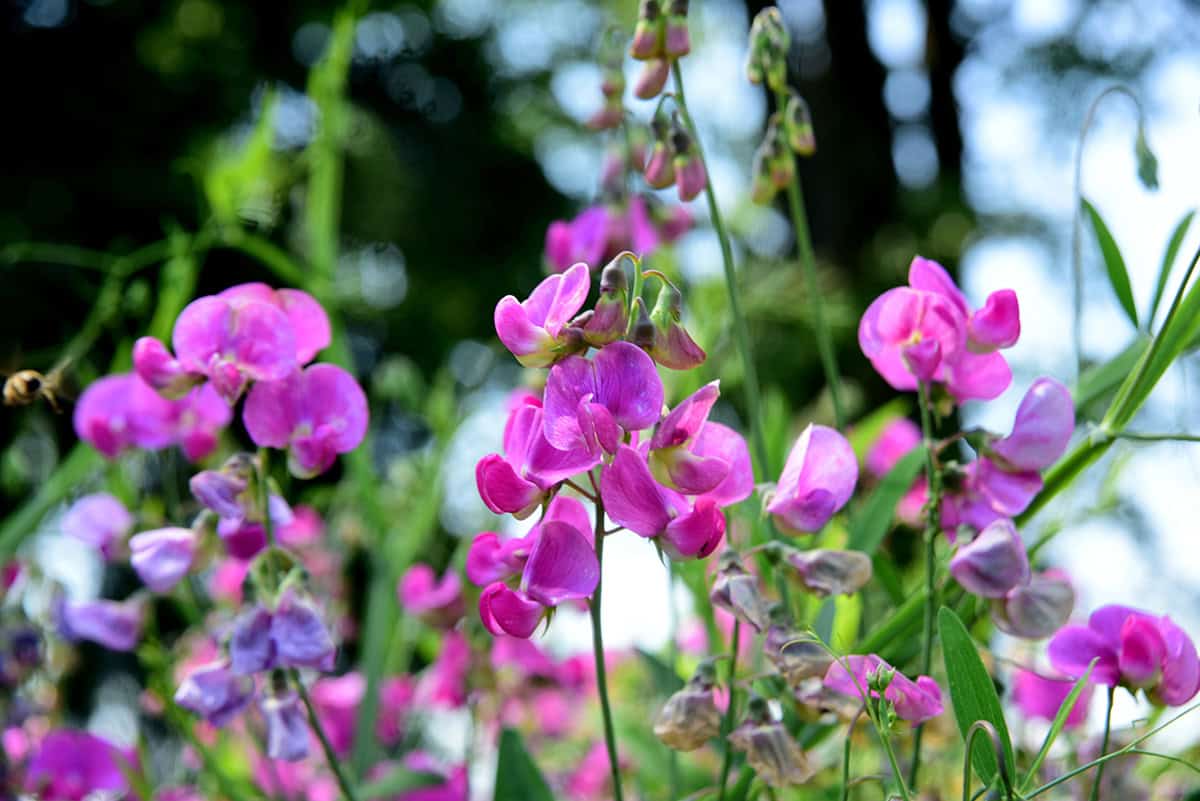
Sweet Peas can cause lathyrism. This is due to toxic amino acids. Prevent chickens from pecking at plants to avoid neurological problems or paralysis. Opt for non-toxic alternatives in your garden.

